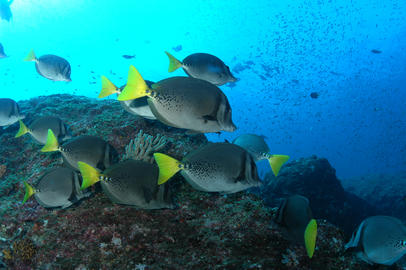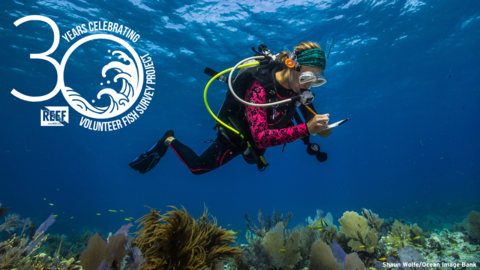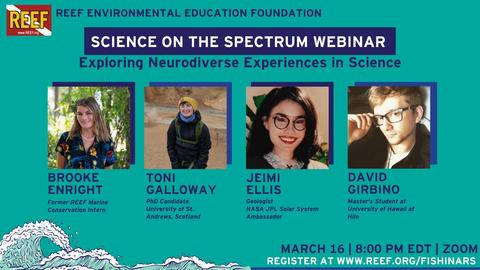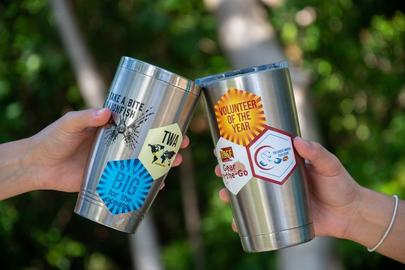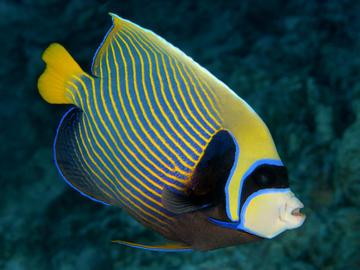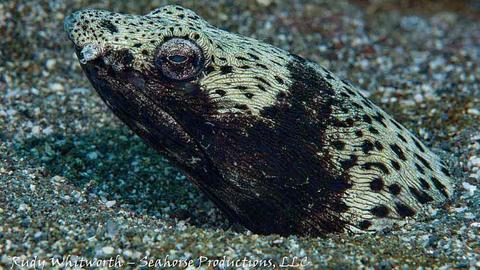If you have ever wanted to participate in a meaningful ocean conservation project, now is your chance! Limited space is available on several of our upcoming REEF Field Survey Trips. REEF Trips are eco-vacations led by marine life experts. Each trip features daily fish ID classes suitable for beginners and experienced surveyors, plus a full schedule of diving. If you're not a diver, snorkelers are also welcome! When you travel with REEF, you make a difference in the health of our oceans by participating in marine research.
This year, we are celebrating the 30th anniversary of the REEF Volunteer Fish Survey Project (VFSP). Since its launch in the Florida Keys in 1993, this citizen science program has grown into a worldwide effort, generating one of the largest ocean databases in the world through marine life surveys. REEF surveys have been conducted at more than 15,000 sites throughout the world’s oceans, by over 16,000 volunteer divers and snorkelers worldwide.
You're invited to join us next Thursday, March 16, for Science on the Spectrum, a special virtual event highlighting neurodiversity, featuring a panel of guest speakers who will share their experiences and insights on how their perspectives shaped their careers in science. We have an amazing group of scientists taking part in this event, including:
The Conservation Challenge is a fun way to earn collectible stickers while participating in marine conservation and citizen science. Did you know that you can earn a sticker for participating in a REEF Field Survey Trip? REEF Trips are a great way to learn more about marine life while spending time with others who are interested in conservation. Spaces are still available on trips this year, so check out www.REEF.org/trips to see our schedule, and sign up for a trip today.
REEF members are the heart of our grassroots marine conservation programs. A diverse community of divers, snorkelers, and ocean enthusiasts support our mission to conserve marine environments worldwide.
Introducing our March Fish of the Month, the Emperor Angelfish, Pomacanthus imperator!
Join us for a free screening of the NOVA Documentary Ocean Invaders! Lionfish, long prized in home aquariums, have invaded the Atlantic and are now one of the ocean's most successful invasive species. Join ocean explorer Danni Washington on a journey to discover how they took over, why they are doing so much damage, and what can be done about it.
Registration is open for the fourth annual REEF Fish Out of Water Virtual 5K! Between June 5-11, you're invited to join with fellow ocean lovers by getting active to support marine conservation! You can choose your favorite activity: run, walk, hike, bike, swim, or even paddle! You can complete your 5K in one day or throughout the week, participating from anywhere in the world. For all the details and registration, visit www.REEF.org/5K.
Dominica, known as the “Nature Island”, has a picturesque landscape of tropical rainforests, rivers, and waterfalls as well as boiling pools and geysers. Dominica’s volcanic activity and unique geothermal properties mean that the island has many one-of-a-kind locations, such as Champagne Reef, a warm, shallow dive site that gets its name from the many bubbles emerging from the ocean floor. These deep coastal waters are also feeding grounds for at least six different species of cetaceans that are seen on a regular basis.

